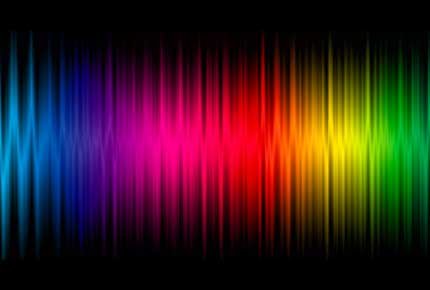Analysis laboratory
The heart of our company
A team dedicated to the control and continuous improvement of chemical processes.
Valmet Plating operates according to a Quality Management System compliant with the requirements of the UNI EN ISO 9001:2015 standard
The Company considers the adoption of the Quality Management System to be fundamental, as it represents an important support and allows guaranteeing the high quality of the products and services offered.
The Quality Management System is continuously monitored and improved, to guarantee services and products with high standards, in order to satisfy customer requests and expectations.
ROUTINE ANALYSIS TAKES PLACE IN TWO DISTINCT PHASES:
Analysis of the
chemical-physical parameters
of solutions for determining the content of metals and organic and norganic additives using the different analytical techniques: Atomic Absorption (AAS) Atomic Emission (MP-AES), X-ray Fluorescence (XRF), Ion Chromatography (IC) High Performance Liquid Chromatography (HPLC) Potentiometry, Colorimetry.
Tests
of electrolytic deposition
under standard conditions (Becker/Hull cells electrolysis).
What is XRF ray fluorescence spectrometry?
A techinique that offers great results at sustainable costs
XRF (X Ray Fluorescence) spectroscopy is a chemical-physical analysis technique based on the analysis of X-ray fluorescence emission. This particular technique enables discovering the elemental composition of a sample from a qualitative and quantitative point of view. This radiation is emitted by the atoms of the element located in the sample, following an excitation, obtained through irradiation with X-rays from a source.

How does XRF fluorescence spectrometry work?
Going into detail, the X-rays of the X-ray source strike the electron of the element, exciting it and causing it to be expelled. The relaxation of an outermost electron, in order to fill this vacancy, leads to the emission of a specific and unique X-type radiation fluorescence. This type of spectroscopic investigation technique is in fact based on Moseley’s law, according to which the energy of fluorescent X-rays is specific for each atom and directly depends on the nature of its atomic number (Z). As if it were a fingerprint of the element. By reading this signal it is therefore possible to establish the qualitative composition of the sample. By assessing the intensity of this emission, it is possible to obtain quantitative information, relating to each different element in the sample.
SCOPES OF APPLICATION
The XRF analytical instrumentation can be used for the analysis of both liquid and solid samples. Therefore, within the electroplating industry, thanks to these instruments, it is possible to check the status of the baths autonomously and independently. It can also be used for direct control of metal supplies.


